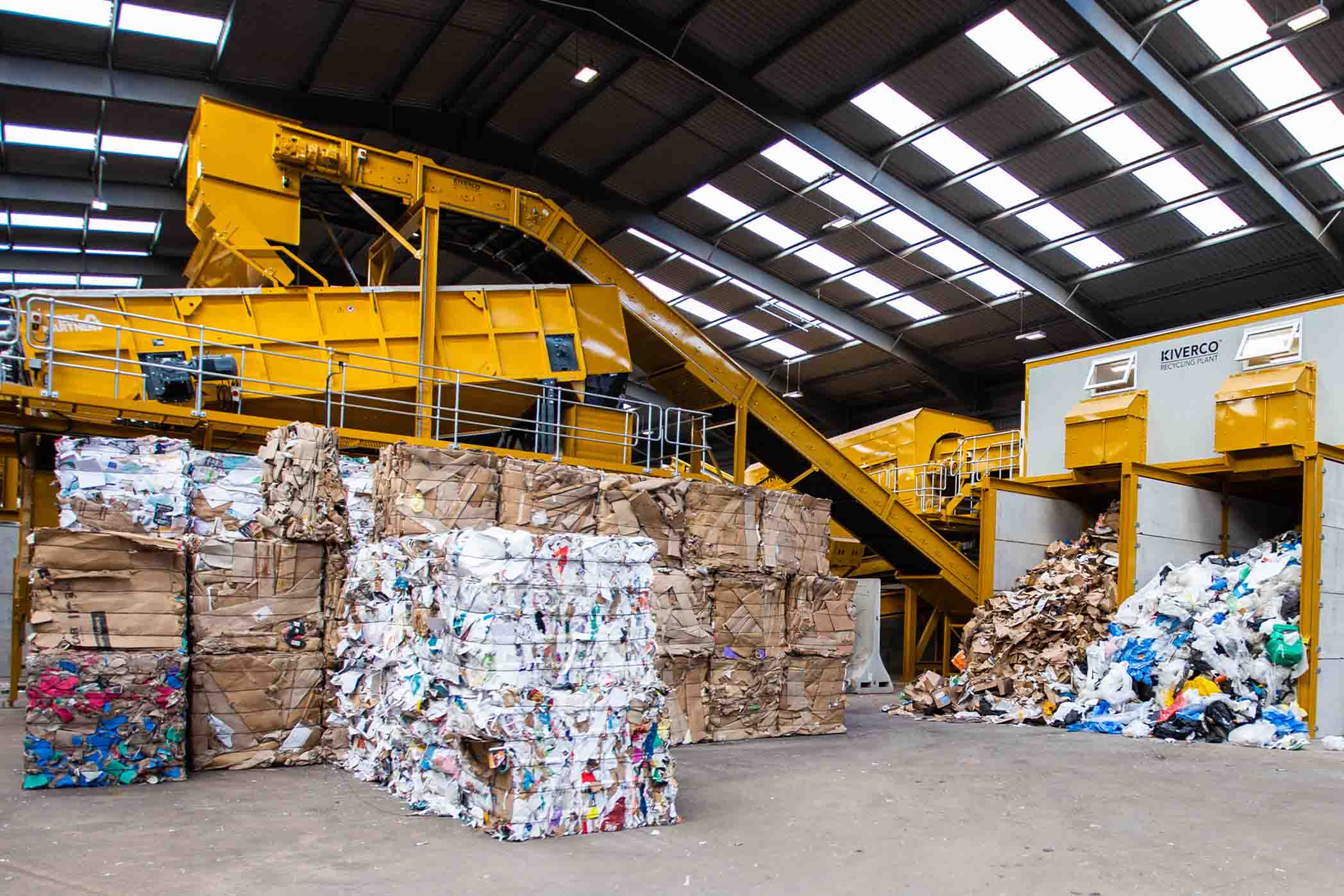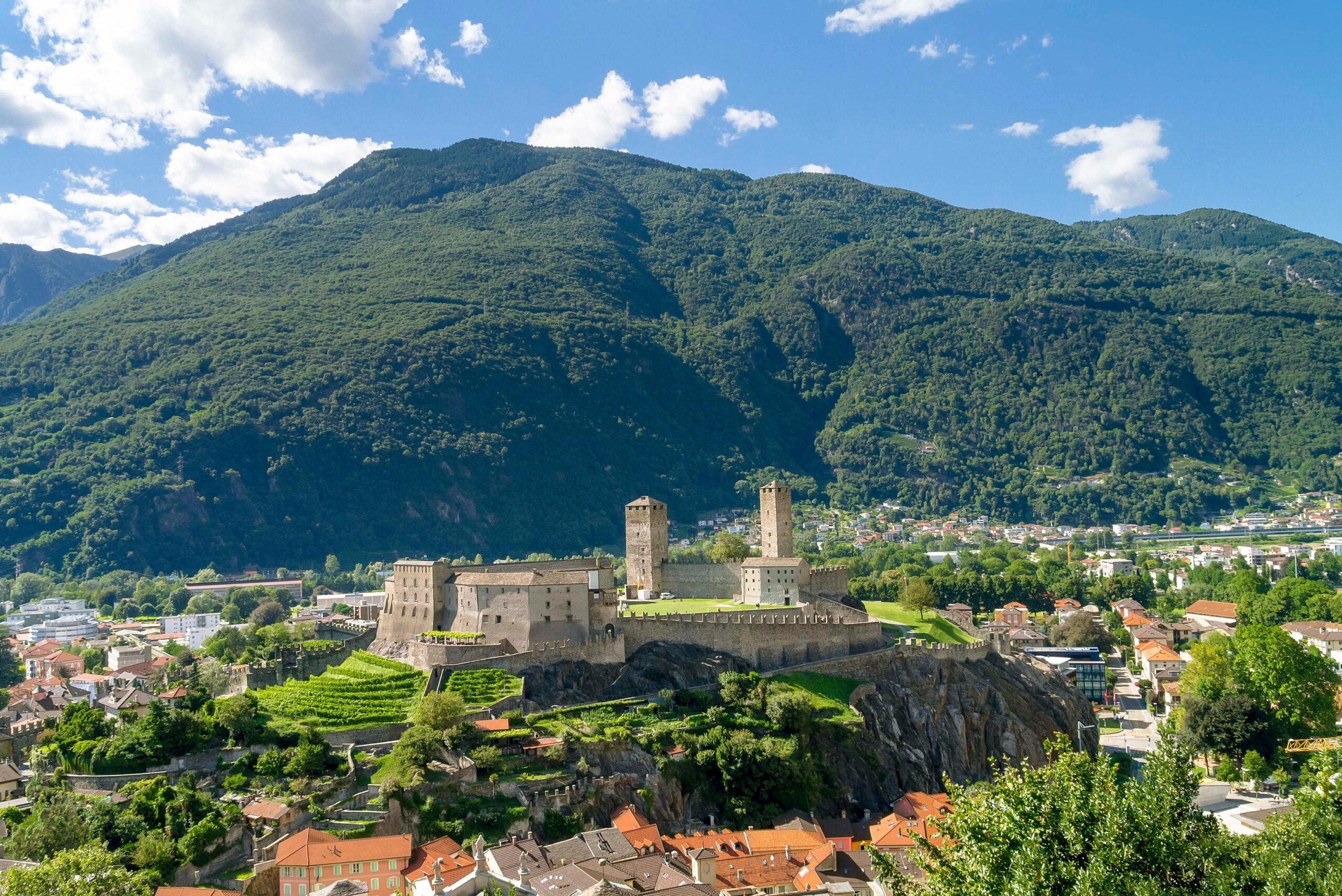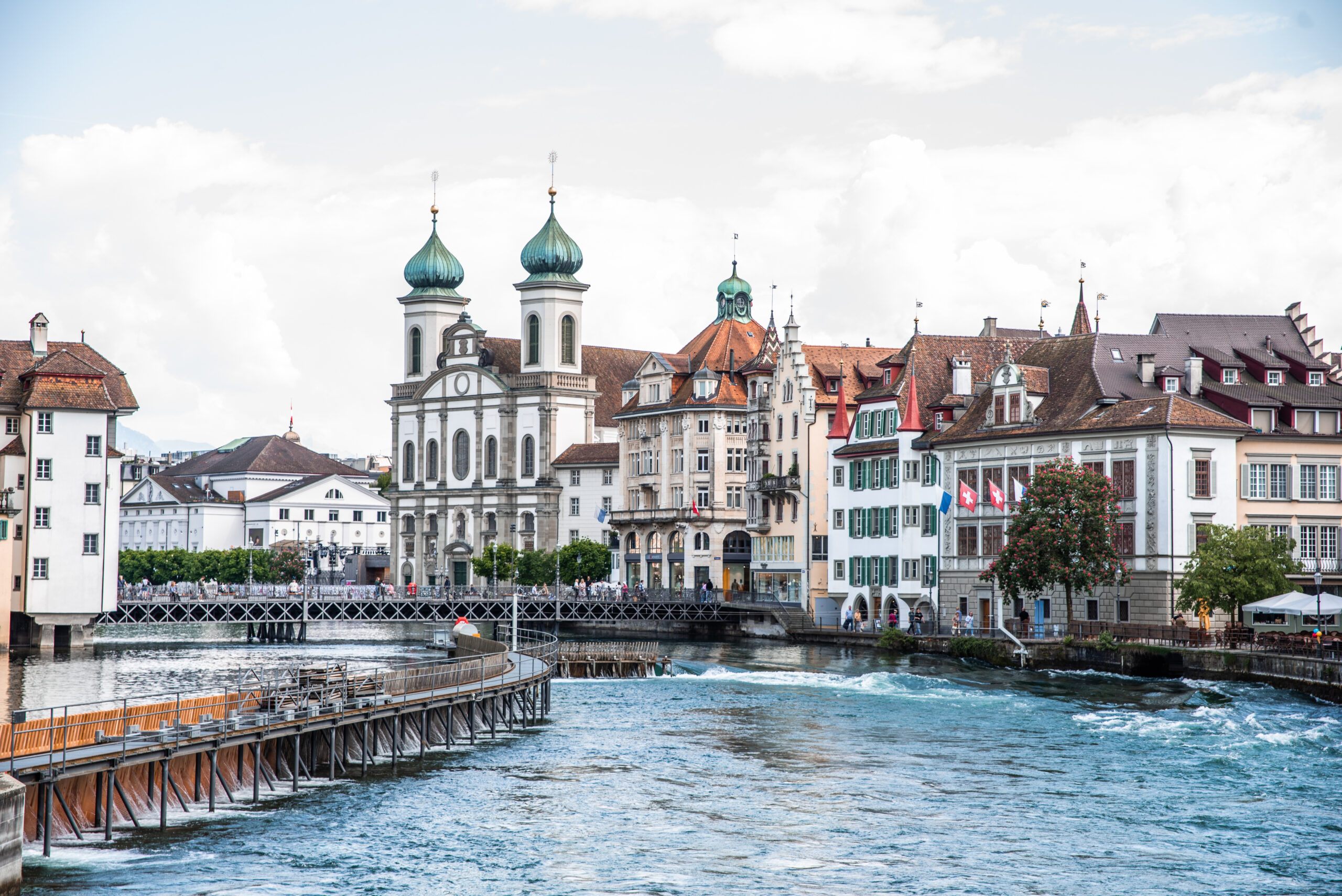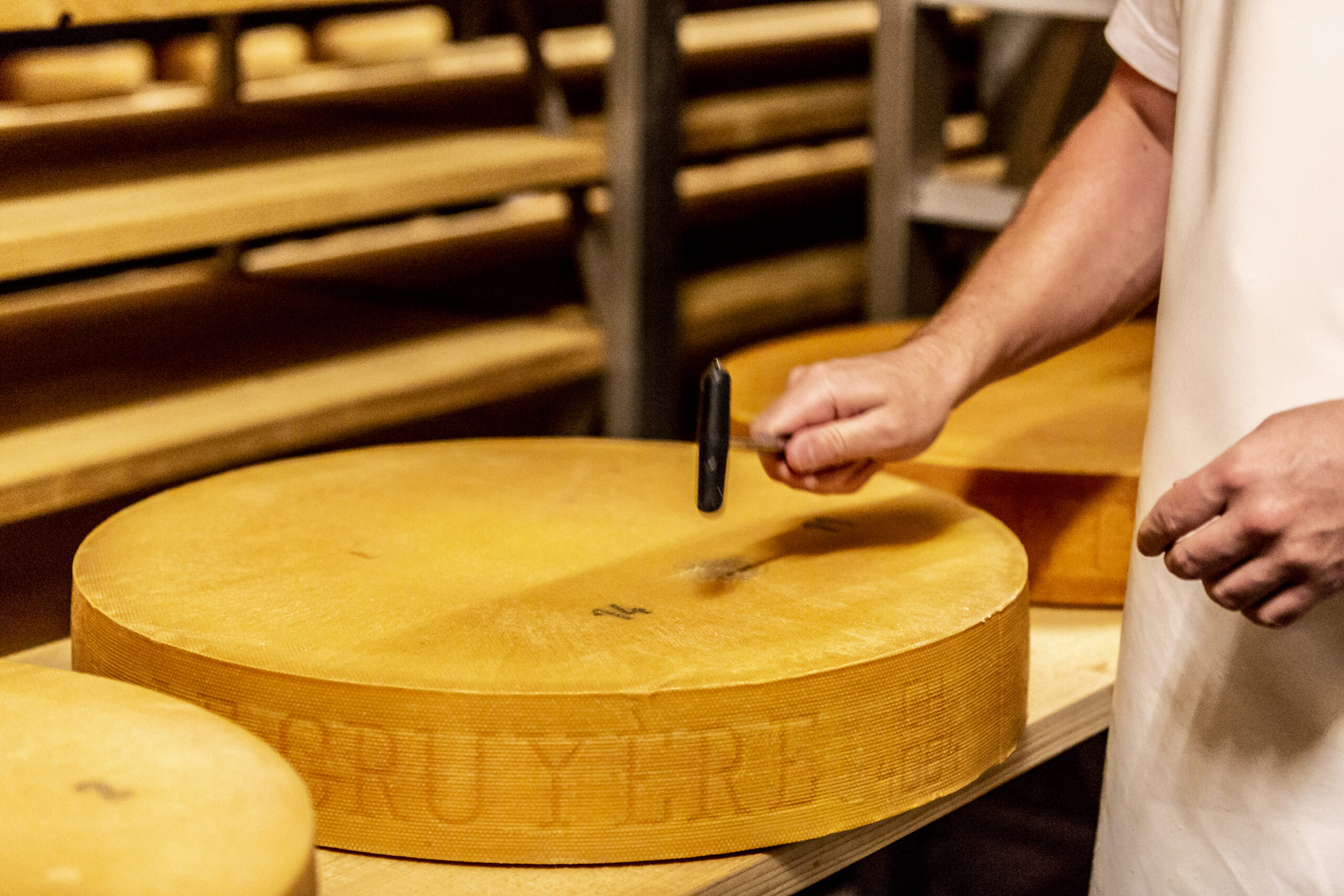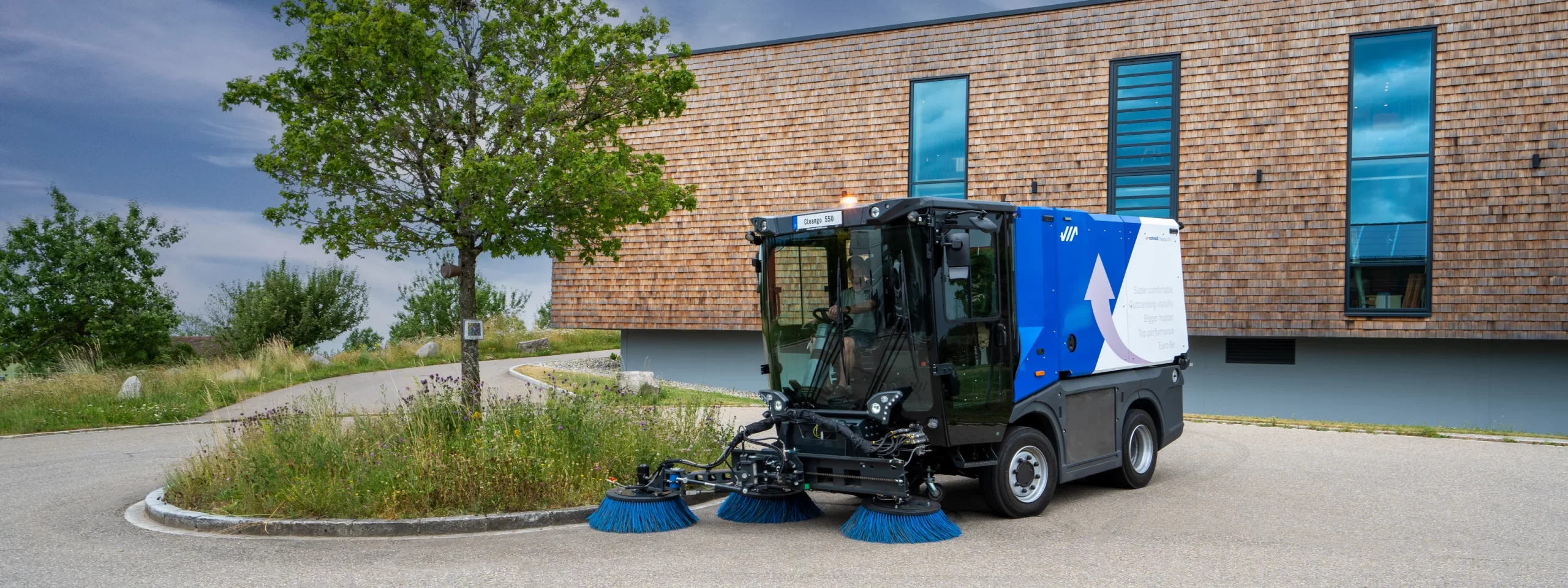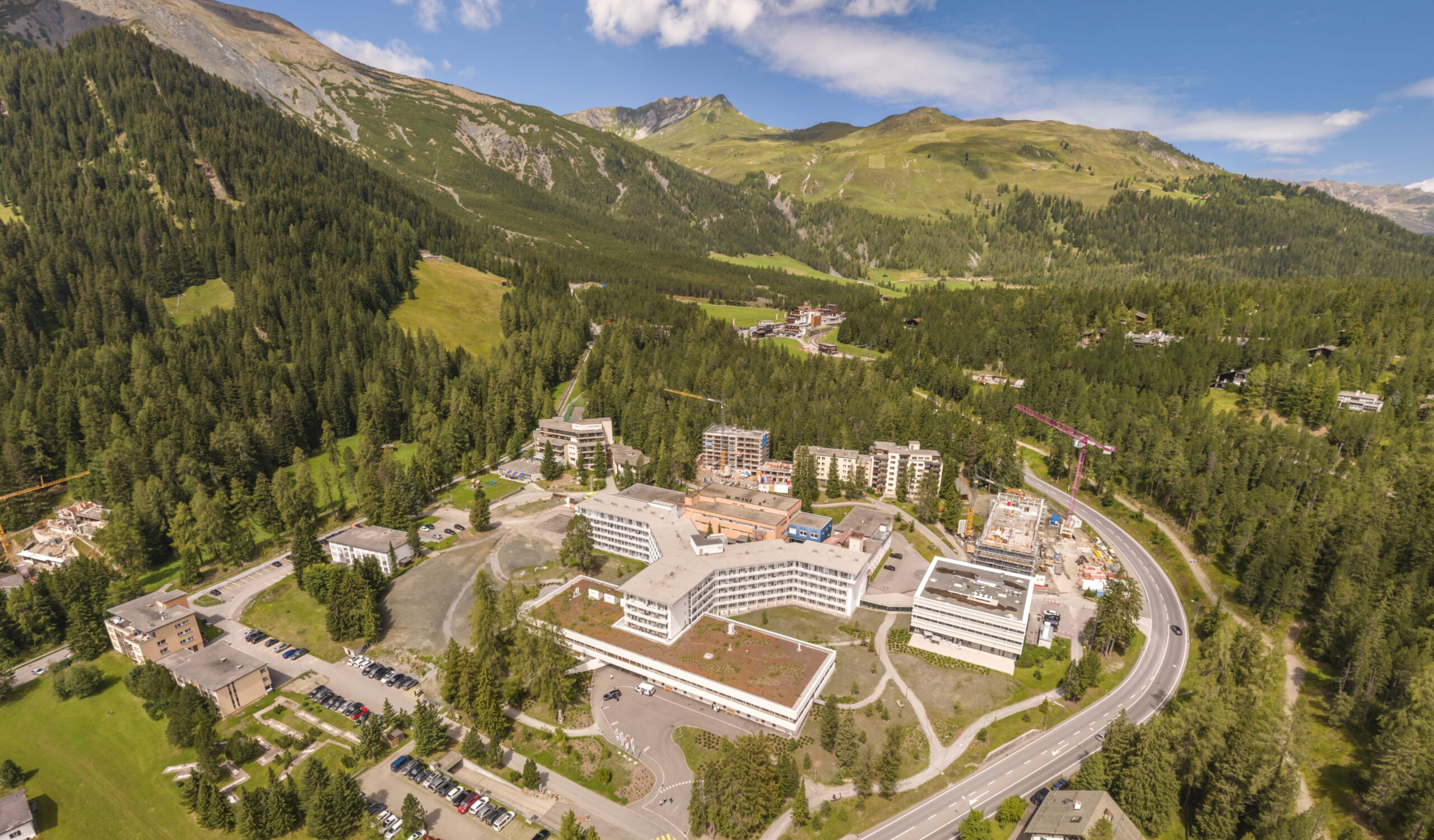Louth County: The Land of Legends

Although Louth may be Ireland’s smallest county, it has plenty to offer. It is the second most densely populated county in the nation, outside of Dublin. The majority of Louth’s population resides in its two largest towns of Drogheda and Dundalk. Joan Martin, Chief Executive of Louth County Council shared how although the region maybe compact, it has an abundance of potential.
“While Louth is the smallest county in Ireland by area, we are the home of two of Ireland’s largest towns. We are blessed with an almost perfect location, and the county has flourished by sitting right in the middle of the Dublin-Belfast economic corridor. With Project Ireland 2040 recognizing Dundalk and Drogheda as key economic centers, we are increasing our efforts to facilitate investment. Louth is one of Ireland’s best connected regions thanks to our surrounding infrastructure. It is easy to access Dundalk and Drogheda, both have commuter friendly bus and train connectivity to the rest of the island. Dublin and Belfast are both reachable in under 40 minutes, and a trip from Drogheda to Dublin Airport is about 25 minutes. It is so near, and convenient it feels like our own personal airport,” stated Martin.
In addition to the ease of connectivity, Martin went on to explain other compelling features, “Dundalk Institute of Technology is an excellent institution offering higher education. It is growing to become a leading university, and is always willing to run tailored courses and set up training facilities if needed. Furthermore, we have excellent broadband. There is a good supply of sanitary service infrastructure and the electricity supply is strong. Within an hour of travel, there are 2.5 million people, so you have a huge workforce, and a large potential market.”
The Local Enterprise Office in Louth is designed to encourage and stimulate entrepreneurship and assist the micro-enterprise sector. It also advises existing enterprises and supports the generation of employment and economic growth. On the topic, Martin stated, “Louth County is open for business, and Louth County Council is a one-stop-shop. We are business friendly, and will set out to do everything we can to make it as easy as possible for investors. We have a can do attitude, are facilitators, enablers, and our team will work tirelessly to ease the process. Do not forget us in County Louth; come and visit.”
Louth County is swelling with legends and fascinating history. Viking influence is apparent in the county, and the region witnessed a multitude of rulers across the centuries. There remains several historically important sites in the county. Martin discussed the potential for the sector and stated, “The tourism sector is our biggest economic development potential. We are looking to develop attractions and accommodations within Ireland’s Ancient East that can enhance the visitor experience. At the moment, visitor numbers are high in our county, but the economic spinoff is not there. Two important sites are Mellifont Abbey, which is an old Cistercian Abbey from the 700’s on the banks of the Boyne, and Monasterboice, which is a ruined early Christian monastic site. Monasterboice has a round tower and is home to Muiredach’s High Cross, which is one of the finest high crosses in Ireland.”

